Valleylab Force FX-8C User manual
Other Valleylab Medical Equipment manuals
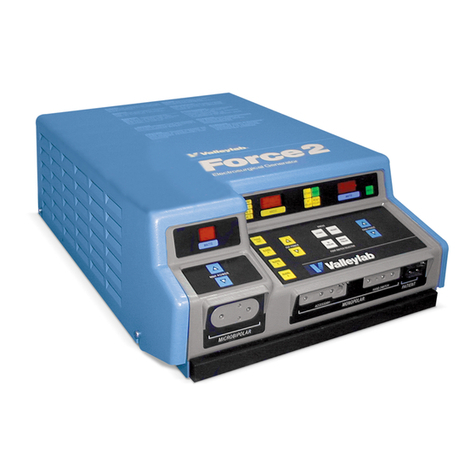
Valleylab
Valleylab Force 2 User manual

Valleylab
Valleylab CUSA EXcel-8 User manual
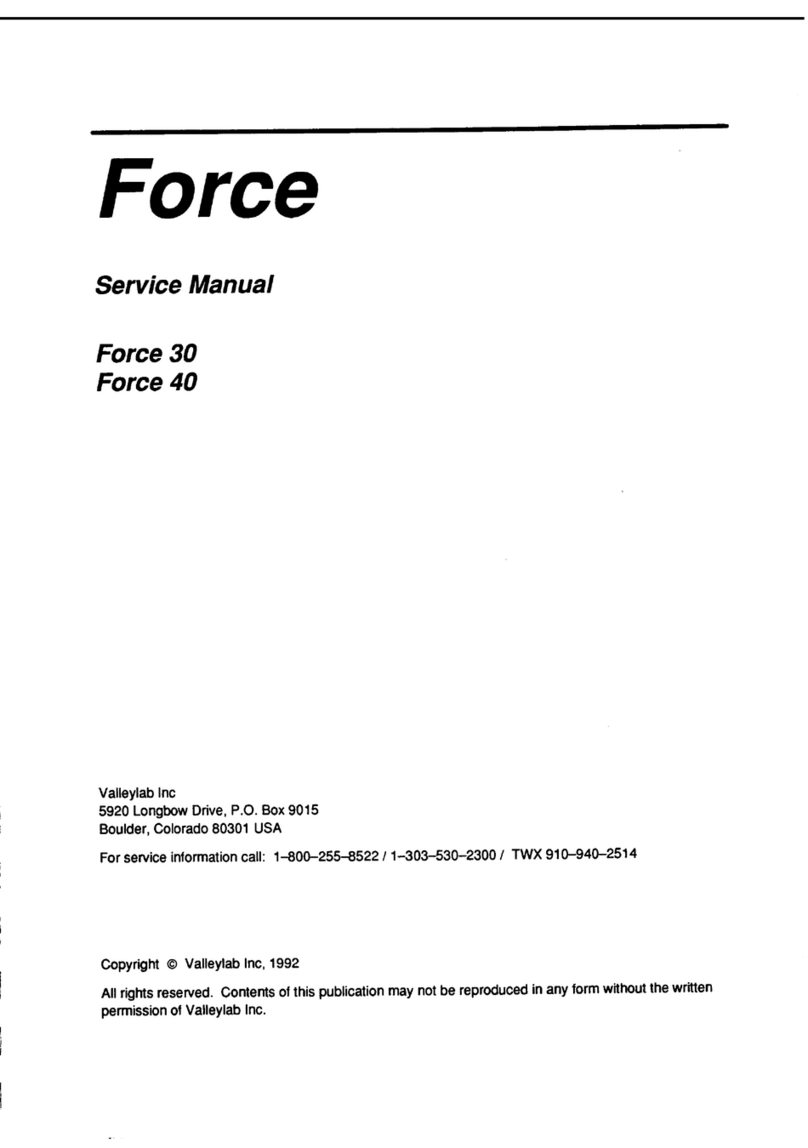
Valleylab
Valleylab Force 30 User manual

Valleylab
Valleylab SurgiStat II-20 User manual

Valleylab
Valleylab LigaSure User manual
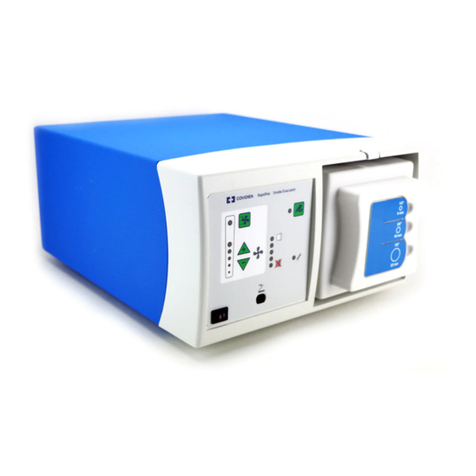
Valleylab
Valleylab RapidVac 1009803 User manual
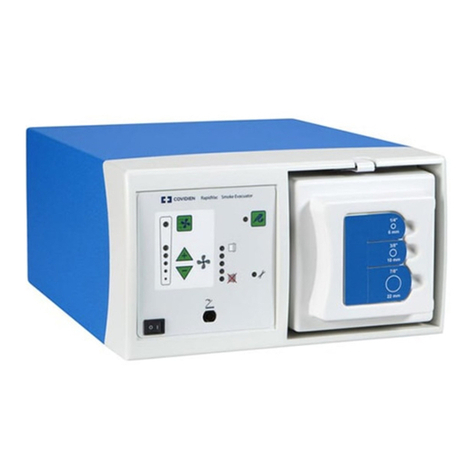
Valleylab
Valleylab RapidVac User manual
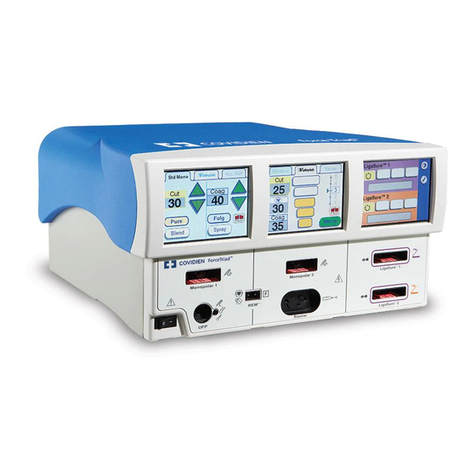
Valleylab
Valleylab ForceTriad User manual
Popular Medical Equipment manuals by other brands

Getinge
Getinge Arjohuntleigh Nimbus 3 Professional Instructions for use

Mettler Electronics
Mettler Electronics Sonicator 730 Maintenance manual

Pressalit Care
Pressalit Care R1100 Mounting instruction

Denas MS
Denas MS DENAS-T operating manual

bort medical
bort medical ActiveColor quick guide

AccuVein
AccuVein AV400 user manual





















